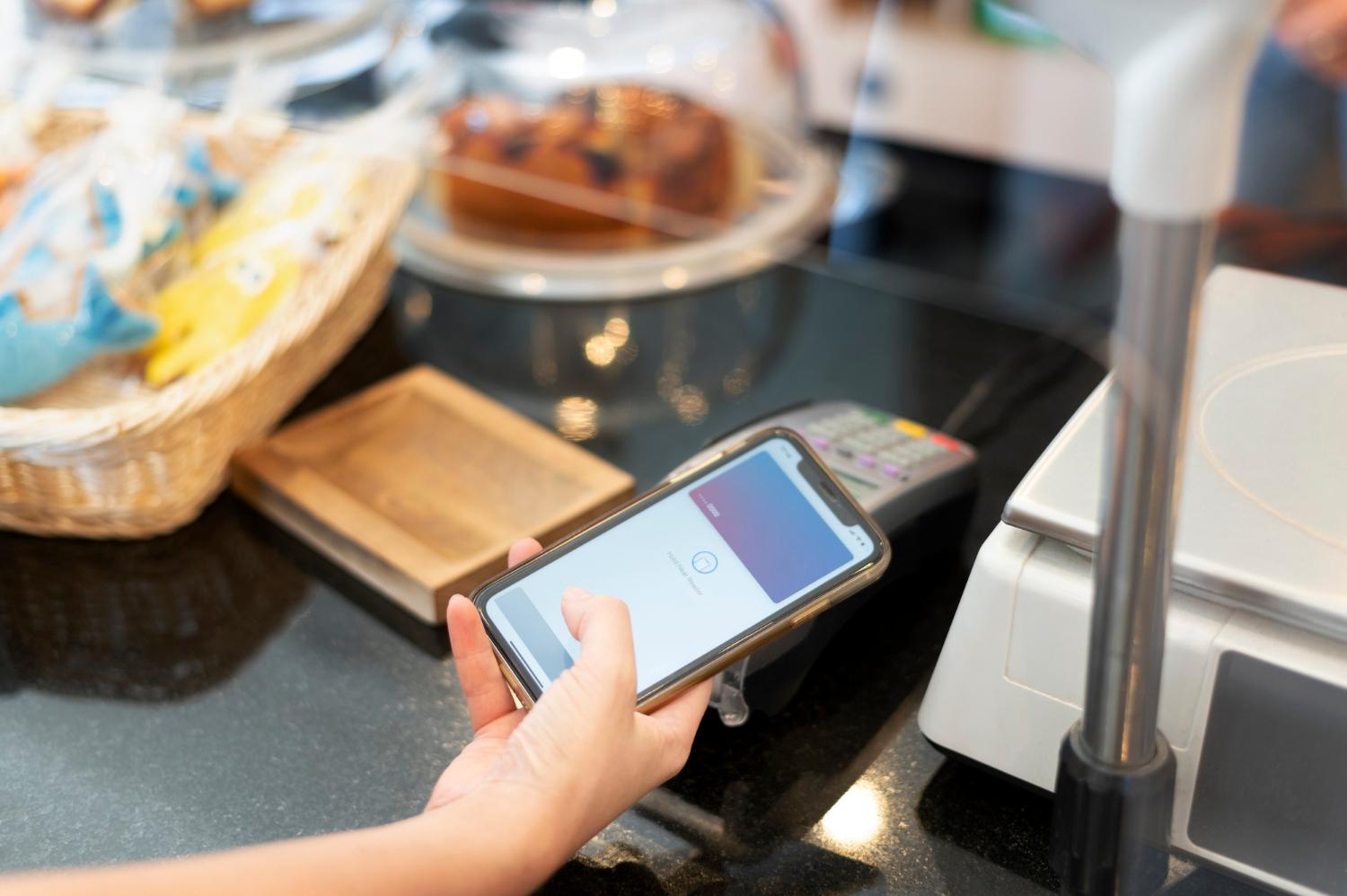It’s not surprising that the pandemic has had a huge impact on consumers’ shopping habits, and that many companies are still catching up to the newest channels and trends in commerce that are swiftly changing the market. You might be surprised to learn that only 9% of consumers claim they enjoy or find it entertaining to shop online.
How is that even conceivable in the age of experiences? Because we have seen the effect they can have on customers, we at Grentana are true experience freaks.
The experience economy is booming and will only get bigger in the years to come because experiences have the capacity to mold us, create memories, and mark our next move.
Even though they may be experience specialists, most venues and attractions still fall short when it comes to providing enjoyable, frictionless experiences online. But why, when potential customers might be found online? Why do most brands still create online experiences that are uninteresting, tiresome, and inconvenient?
The majority of brands in the attractions sector place a greater emphasis on ease of booking than on enhancing the whole experience. Sadly, ease is not enough in the cutthroat atmosphere of today. The integration of experiential eCommerce methods into attractions’ consumer journeys needs to become a top priority.
What exactly is experiential eCommerce, though?
Experiential retail, also referred to as “retailtainment” which goes beyond simple shopping by including entertainment into the experience and providing interactive opportunities for customers to engage with the brand and learn more about it, is where experiential eCommerce has its roots.
Brick and mortar stores began to see its usefulness as a strategy to compete with online brands by giving their clients an incentive to visit actual stores. However, this trend, which was initially developed to increase offline sales, is now becoming important in the internet market as a means for online retailers to interact with their customers more effectively and provide more alluring booking and purchasing experiences.
Let’s look at some effective examples of experiential eCommerce and the essential components that firms are incorporating into their eCommerce campaigns to attract consumers.
Last but not least, remember that while most internet buyers search for and purchase experiences alone, the ultimate decision frequently involves other people like spouses, partners, friends, or relatives, and sometimes even a bigger community of devoted followers who have a shared experience to share. Social media and content that is simple to share are crucial to the success of your experiential eCommerce in this regard.
Social selling is essential for fusing your physical store experience with your online eCommerce, but it can also assist promote your brand and build deeper levels of social proof and trust.
Attractions are pushing more and harder to make their offerings and experiences more “instagrammable” (more eye-catching and visually appealing with the purpose of generating more shares and noise on social media platforms).
Do you have an Instagram following? The reality regarding user-generated content.
Experiencing eCommerce’s advantages?
Your attraction will gain the following benefits by utilizing experiential eCommerce:
Increased consumer confidence: Your online visitors will be much more likely to purchase from you if you incorporate technologies like storytelling, augmented reality, virtual reality, or other types of immersive experiences. This is because they will feel like they have a much better sense and understanding of the experience they are paying for.
increased conversion as a result of experiences that are tailored to, pertinent to, and relevant to your target consumer.
Real-time engagement has the potential to strengthen the relationship between your brand and customers by fostering more meaningful relationships.
reaching and establishing connections with a much wider audience as a result of social selling’s multiplicative effect.
What is required to launch experiential eCommerce?
You need at least two things if you want to start reaping the rewards of experiential eCommerce and create exceptional online experiences for your visitors:
Customer Data Platform (CDP): A tool for gathering direct customer information.
An eCommerce platform created to optimize the customer experience across the whole customer journey by learning from the data gathered and making the necessary adjustments.
Convious combines the two by fusing the strength of artificial intelligence and machine learning algorithms with a user-friendly platform that focuses on conversion at every stage of your customers’ journey. This platform includes experiential elements like data-driven personalization, gamification, dynamic pricing, customer reviews and feedback, interactive park maps, and much more.
Especially as digital technologies start to be more widely integrated and become the norm in the industry, forward-thinking attractions that are already betting today on developing a future-focused eCommerce for their brand will be more likely to thrive tomorrow through differentiated and unique experiences.
In the end, brands who strive to bridge the gap between their online and offline worlds by providing omnichannel and experiential eCommerce experiences will genuinely succeed and maintain their lead.

